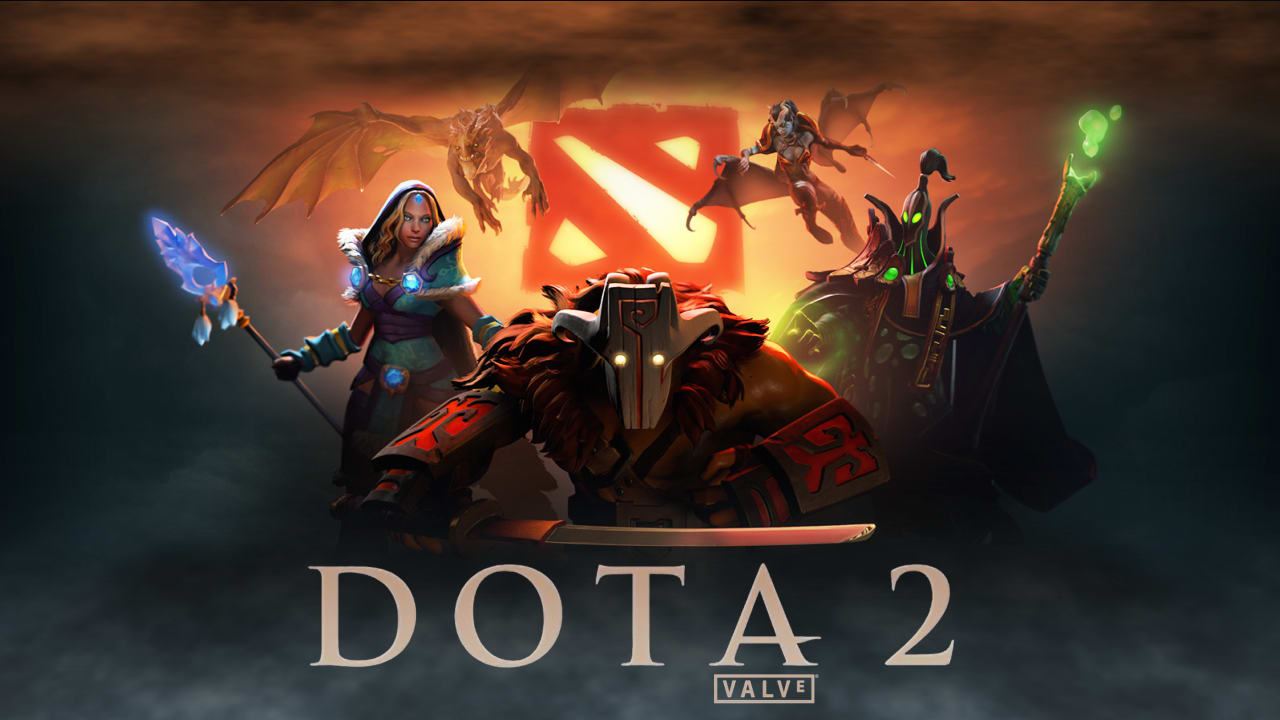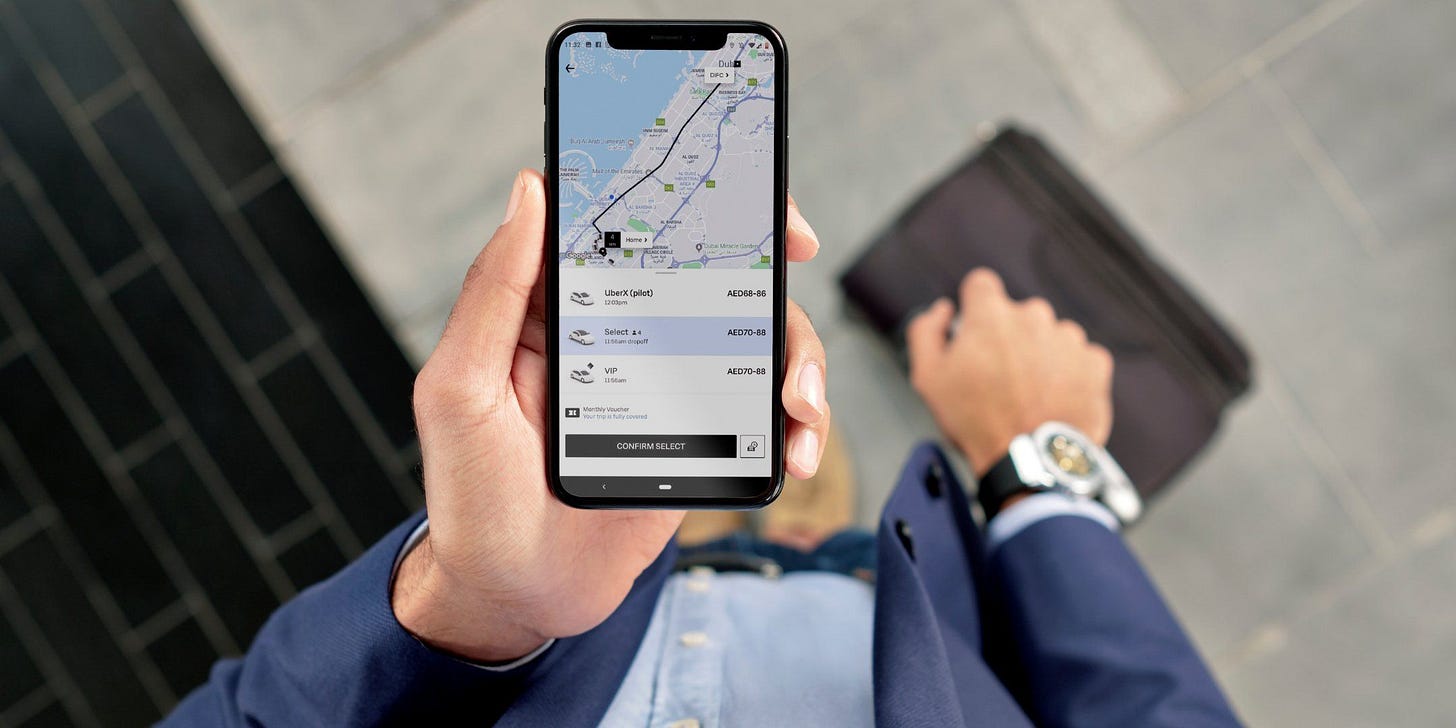Cognitive load in Product Management
Unlocking User Delight: Understanding Cognitive Load's Impact in Product Management. Subscribe and stay ahead in creating user-centric experiences.
Alright, story-time!
Suppose you go to a supermarket, and you want to find yoghurt. However there is no aisle labeled as dairy, milk or anything relative to yoghurt.

So what do you do?
You try to find some staff who can help you find it, but (hypothetically) you can’t find anyone because its a very big supermarket. So this increases your mental effort to find the right aisle, because you need to remember which aisle had which products, so that you can come back to those aisles if you needed something from there.
This mental effort which you need to perform this task is called as “cognitive load”.
Suppose if there were any signboards or staffs available, then it would have been easy for the customer to find the yoghurt, which means the cognitive load would have been greatly reduced.
Lets understand this a little more.
The Psychology of Cognitive Load
In Psychology, Cognitive load refers to the amount of mental effort used in the working memory of a person.
This is similar to the limitations of a computer processor!
Cognitive load management is critical in psychology because when cognitive resources are overloaded, people can feel overwhelmed, tired, or have trouble retaining information. On the other hand, when cognitive load is properly managed, learning and problem solving become more effective and efficient.
There are ‘three’ types of Cognitive load:
Intrinsic Cognitive Load: Imagine it's like the difficulty level of a game or a puzzle. Some games are easy, and some are challenging. Intrinsic cognitive load is the mental effort you need to put in when you encounter something new or complex. Just like a tough game, it may take more brainpower to figure it out.
Extraneous Cognitive Load: Think of it as background noise when you're trying to focus. Imagine you're reading a book, and someone is talking loudly nearby – that's distracting, right? Similarly, extraneous cognitive load is caused by irrelevant stuff that makes it hard to concentrate on the important things.
Germane Cognitive Load: Picture this as the part that helps you become better at the game or puzzle. It's like when you practice and learn new strategies to improve. Germane cognitive load is the mental effort that leads to understanding and learning, making you smarter and more skillful.
So, managing cognitive load is like finding the right balance.
Up next, we will be applying this explanation with product management.
Finding Cognitive load in Products
Lets take Gmail for example.
Whenever you are using Gmail, have you felt that they have a cluttered email organization, where we get numerous notifications, along with overwhelming email threads?
All of this contribute to cognitive overload! Users may find it challenging to stay focused and prioritize essential emails amid the clutter, leading to cognitive strain and email fatigue.
Similarly if you take any social media app like Facebook or Instagram, it contains an overwhelming amount of information and when this is coupled with the infinite scrolling, users easily get cognitive overload.
“10 Causes” of Cognitive overload in Products
#1 Information Overload
Think about it. You are reading a book, and at the same time you are listening to music played in your phone and also watching TV.
Is it possible? Of course, but its too much to handle.
So presenting users with an overwhelming amount of information, such as excessive notifications, updates, or content, can lead to cognitive strain.
Even swimming in a lake and reading simultaneously is not a easy feat like the image below :p

#2 Complex User Interfaces
Take Adobe Photoshop for example.
There are numerous features and abilities that the app has, but for any ‘beginner’ in their photo editing journey, they will surely find it difficult to navigate through the app.
Hence overly complex interfaces with numerous features, buttons, and menus can confuse users and make it difficult to navigate.
#3 Multitasking Demands
Lets take the example of popular Multiplayer Online Battle Arena games like ‘League of legends’ and ‘Dota 2’.
For a player to win this game there is a lot of decision making they need to perform in the short amount of time. They need to build their characters, support their teammates, defeat the enemies, build a strategy, protect their base, buy new items, and many many more things to win a game.
Hence apps that require users to handle multiple tasks simultaneously may overload their cognitive resources.

However Dota 2 and League of legends are heavily optimized based on player’s feedback, hence they have reduced this component of cognitive load.
#4 Continuous Content Stream
Infinite scrolling or autoplay features that provide a constant stream of content can lead to cognitive fatigue.
Simple example for this is all of social media and its infinite scrolling.
#5 Excessive Visual Clutter
Apps with cluttered designs, multiple pop-ups, and advertisements can overwhelm users.
If you have used UC browser (way back) you would know that it is a web browser app known for displaying multiple ads and pop-ups while users browse the internet. This greatly impacted the user experience!
Similarly Pandora used to have frequent ads and prompts to upgrade to Pandora Plus for an ad-free experience.
#6 Notification Overload
Apps with frequent, non-essential notifications can distract and burden users mentally.
Most of the commonly used social media and news apps falls in this category since we get notifications every time a new story or post is uploaded.
#7 Content Diversity
Apps with diverse types of content or information can lead to cognitive strain as users process varied data.
Travel apps (like Booking.com, TripAdvisor etc.), streaming services (like Netflix, Prime video etc.) faces this type of cognitive load. Hence to minimize it they try to personalize the feed based on the user’s interests and feedback.
#8 Time Pressure
Apps that urge users to respond or complete tasks quickly may result in cognitive overload.
Ride-hailing apps like Uber, Ola, etc., fall into this category.

When we try to book a cab during peak hours, we are racing against the clock because the closer we get to the peak hours, the amount we have to pay will start to fluctuate due to the dynamic pricing algorithm. Sometimes, we won't be able to book the cab on time as well.
So, users will feel the time pressure upon them.
Conclusion
In conclusion, as product managers, our responsibility is to be aware of cognitive overload, its impact on users, and make necessary changes to our product so that the users feel less cognitive load.
By simplifying interfaces, managing notifications thoughtfully, and streamlining user flows, we can create a more engaging and user-friendly experience. Gathering user feedback, providing clear instructions, and minimizing distractions are essential steps to reduce cognitive load.
Through continuous improvement and user education, we can build successful products that prioritize user experience and minimize cognitive overload.
Simplify to amplify: As product managers, reducing cognitive overload enhances user delight
Please subscribe for more such articles!
It might just be a click of a button for you, but it shows your support and motivates me to write a lot of these informative stories out there to you and help you in your product management journey.
Until next time! :)



